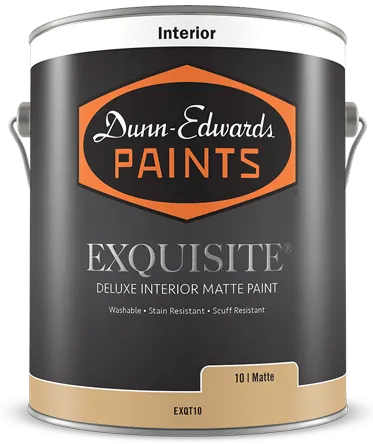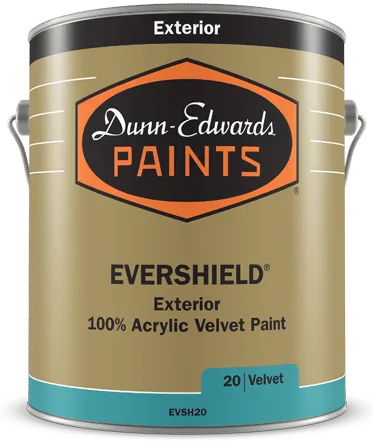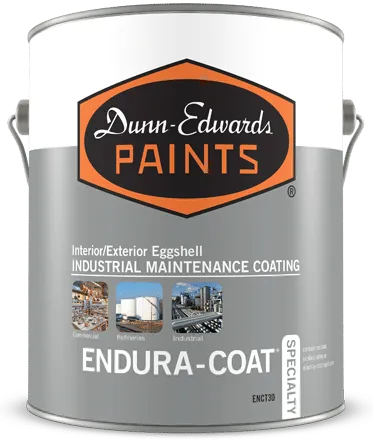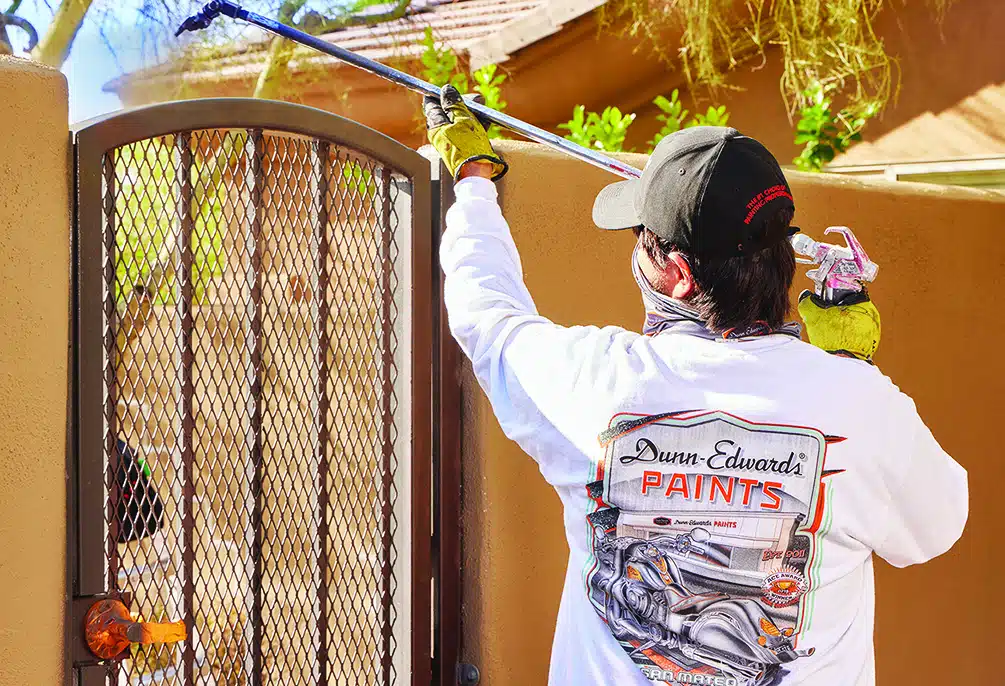Paint Smarter: Top Tips from Pros
08/25/2016 | Dunn Edwards |
When you’re a painting professional, getting the job done quickly — while maintaining quality — can mean the difference between a great referral or return business versus a one-time customer. Also, slow or unproductive labor wastes time that could be used to work on other projects. Both can seriously affect your profitability! We polled professionals, and here are some of their thoughts on how to improve productivity:
- Train employees to identify which preparation processes require the longest drying time and tackle those first. This way, all freshly painted surfaces will be dry to the touch at approximately the same time and you can feel confident about the quality of the finish as you complete the job.
- Make sure you have your team in place and workers who know their role when the job starts — patching, taping and mask, spray, etc. Focus your crew on repeating specific skills to speed them up, saving time and money.
- Although this may be common knowledge, always have a moist, wet rag on hand while caulking. This helps smooth out the caulking bead during application, as well as accelerates clean-up.
- When working on a short, small project using the same color and finishes, instead of cleaning your brush or roller cover, wrap them in plastic and leave them in a refrigerator (if you have access to one). Remove them the next day and be sure to allow them to warm to room temperature before using them. Clean them up once the project is completed.
- Show your employees respect and treat them fairly. This will help you develop a productive and loyal crew.
- Offer workers a bonus program that provides an incentive to finish projects ahead of schedule. That said, when considering this type of program, it is important to implement a thorough inspection process to ensure quality is not sacrificed.
- Use sheepskin roller covers, rather than synthetic knitted and/or woven roller covers. Sheepskin is a natural fabric that absorbs and releases more paint, allowing you to apply more paint on the wall versus spending time loading the roller cover with paint. In fact, sheepskin covers hold more paint so they can coat more than 75 percent more surface area than synthetic covers.
- Pre-wet your brushes and roller covers before you paint. This improves the applicators’ ability to absorb and release paint. Look at it this way. Do you get your hair wet before you wash it? Of course you do! If you didn’t, it would be a sticky mess. Also, this step makes cleaning the tools easier when the job is finished.
- When doing a job that requires a lot of plastic to be laid out for floors or to create a barrier wall, instead of tape, use 3M spray adhesive to adhere the sheets of plastic together. It’s faster, and you save money by not having to buy a large amount of tape.
- Always plan your jobs ahead of time. Order all your materials in advance and use will call and/or a delivery system to maximum the amount time workers spend applying paint.
- Plan every single day! Know which crews need to be at particular job sites. Take traffic patterns into consideration so that your team spends less time traveling and more time working. Make sure workers know exactly what they are supposed to do.
- Inspect work at key intervals to ensure quality is maintained. Think in terms of, “Why is there never enough time to do it right the first time but always enough time to do it over?”
- Cutting dried, crusty paint edges off your roller covers helps avoid ugly edges. Also, once the cover begins to soften, it prevents unwanted debris from rolling off the cover and onto the painted surfaces. This saves time and effort, as you can keep rolling down the wall, rather than having to re-apply paint to the same area.
- Strain your paint! It may take a little more time to prepare your paint and set up your equipment but —once you start spraying — you can keep applying paint at a good pace.
- Have you ever worked with window glazing? If you have, you know it’s sticky. So how can you make working with glazing easier? Get some Plaster of Paris and knead a small amount into the window glazing to minimize tackiness. This will make it simpler to fill and shape the bead that holds glass panes in place on older casement windows.
- Cut-in the bottom of exterior walls quickly by using the dry brush technique. Place a cardboard shield on the ground and push it against the wall. Start brushing the wall approximately 3 to 4 inches from the bottom of the wall and work your way down. As the brush runs out of paint, begin moving closer to the ground. Once you reach the shield, your brush should be almost out of paint. This technique will create a clean line, and you’ll be able to move around the perimeter of the project quickly.
While many professionals have their own ideas about how to work quickly, yet efficiently, we hope some of these tips will help you save some precious time and money, not to mention ensure that your customers are so pleased with the end result, they hire you again or recommend you to others. Happy painting!














